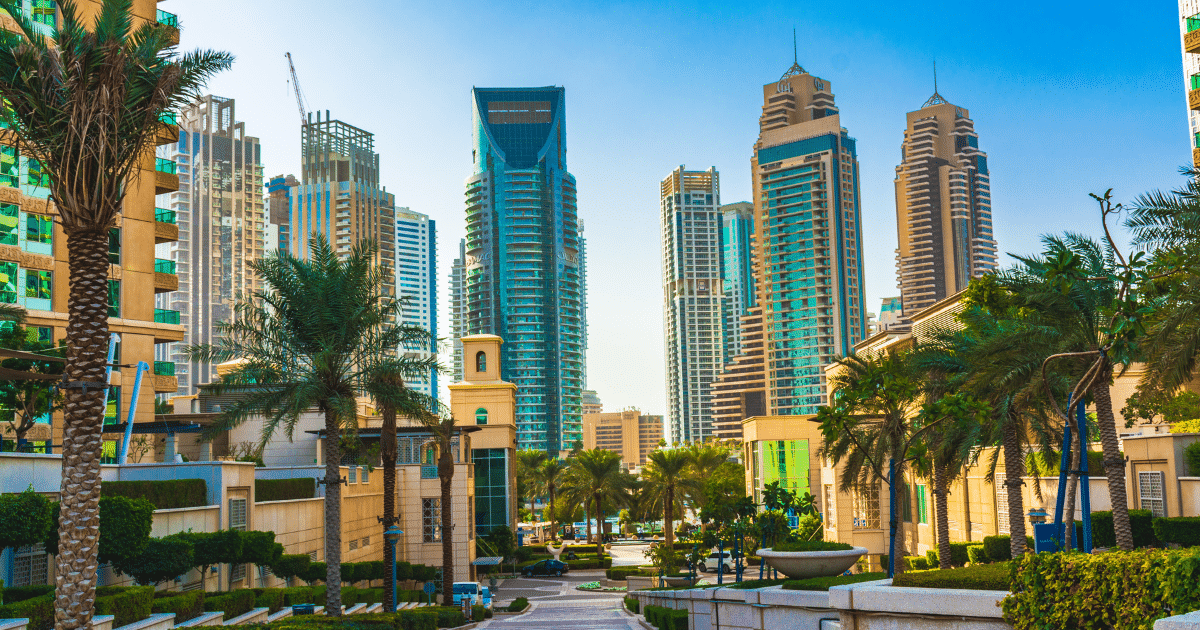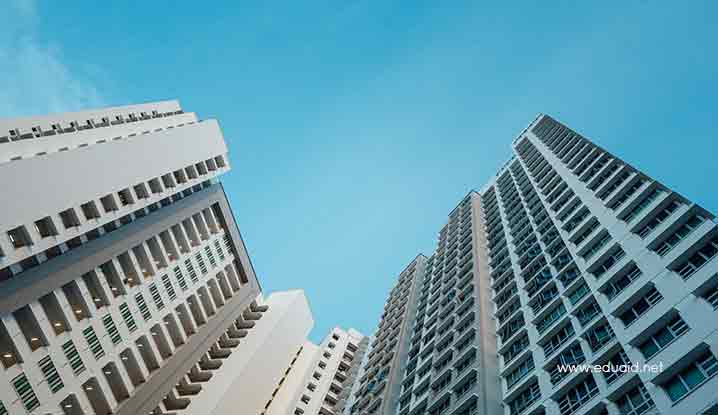A photo exhibition that launched in Melbourne is telling the stories of refugee communities and their contributions to society since they arrived in Australia
June 8, 2015 A group of photographers has documented the lives and work of migrants and refugees who have settled in Australia over the past 70 years in an exhibition in Melbourne called “The Heartlands Project”.
The project, funded by Adult Migrant English Program, highlights the contributions that migrants have been making to the nation as global forced displacement tops 51 million people for the first time since World War II, according to the UN Refugee Agency.
Australia has a long history of migration, with about 27 per cent of Australia’s current population born overseas, a 2012-2013 Department of Immigration and Border Protection report stated.
Barat Ali Batoor, a photographer and refugee from Afghanistan, has captured the Karen refugees from Myanmar who are residing in Nhill in regional Victoria for the project.
Batoor said they had regenerated business there. “That town was disappearing, people were leaving that town and they are the ones that went and made a great contribution to the economy,” he said.
Batoor, a Hazara, came to Australia as a refugee from Kabul, Afghanistan in 2013. The Hazara are a Shia Muslim minority who mostly live in Afghanistan and Pakistan and have been persecuted by Sunni extremists in recent history.
He said he received death threats in 2012 after The Washington Post published his photo essay “The Dancing Boys of Afghanistanâ€_x009d_ that exposed the plight of a number of Afghan children being exploited as sex slaves for prominent or wealthy Afghans.
“My life became under threat, so I had to leave Afghanistan,â€_x009d_ he said. “And Pakistan, where I was born, was also very dangerous for the Hazaras because of the targeted killings.”
Batoor almost lost his life on his way to Australia when his boat sunk off the coast of Indonesia, a journey he documented.
Another focus of the exhibition was 70-year-old Alex Ilyin who came to Australia in 1959.
He was born in China and moved to Ballarat when we was 13, after his mother and grandmother left Communist China.
“At that particular time, China was on the brink of cultural revolution,” he told SBS World News. “There was a motto: ‘China is for the Chinese. What are you Europeans doing here’?”
His grandfathers settled in China after they fled the Tsarist army following the Russian Revolution.
Alex was captured doing what he loved in the exhibition: Choreographing a traditional Russian folk dance which he teaches his community.
Heartlands photographer Andy Drewitt said the photographs showed his passion. “He’s been an active voice in the community,” he said.
Andy said migrants were a part of the country’s fabric. “Unless you’re an Indigenous Australian or evolved here, then everybody’s got a migration story.”
The exhibition runs until 31 September in four locations across Melbourne.
[eduaid Newsdesk, Source: Click here to view the news]





